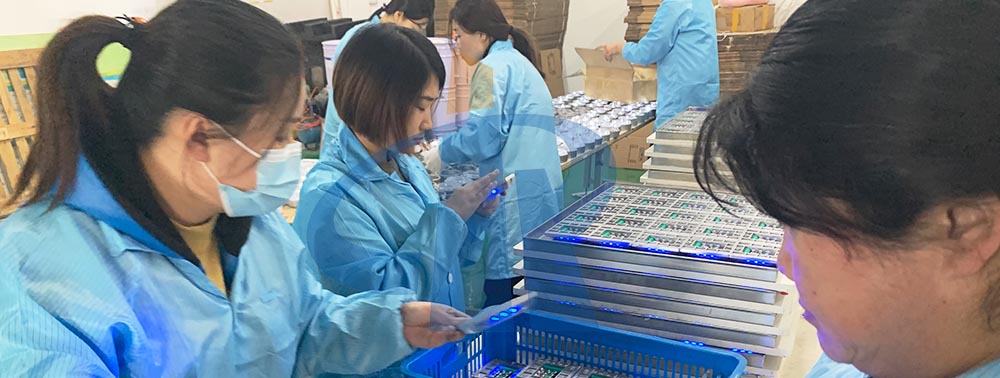1. The
solar Road Studs parameters have serious virtual standard phenomenon.
Most of the solar product sellers will make false standard parameters, especially the
solar Road Studs, solar light projection, the power on the sign is often 100 watts, 200 watts or even 500 watts, and the actual brightness is even less than one-tenth. The fundamental reasons for this confusion are: First, there is currently no unified national/industry standard for
solar Road Studs; second, there is no simple and direct power measurement tool, and even manufacturers know the power of lamps based on the parameters of the power controller; third It is everyone who is falsely bidding, and consumers only know that the higher the power, the brighter the product, and the
Road Studs products that are not falsely labeled cannot be sold, so they can only falsely bid.

Not to mention
solar Road Studs, even if the city circuit lights are used, they must reach the real 300 watts, and 500 watts have certain difficulties, so many unscrupulous merchants do not use 500 watts and 600 watts of solar lamps, so don’t take it seriously! Now Not even engineering grade
solar Road Studs can reach this power!
The power of
solar Road Studs is limited by battery capacity, which is limited by photovoltaic panels. To make a
solar Road Studs with an actual brightness of 100 watts, at least 3.7V ternary lithium battery 220AH and 6V photovoltaic panel 260 watts are required for 8 hours. The cost is too high, and it is technically difficult to achieve.
2,
Solar Studs photovoltaic panels and batteries must match.
The
Solar Studs battery marked by some manufacturers is 15A, but it is equipped with a 6V15W photovoltaic panel. I am very speechless about this. The maximum power 6V15W photovoltaic panel can generate 2.5AH of electricity per hour, and the average sunshine time in my country is 4.5H. Does this configuration consider that the 2.5AH photovoltaic panel can fully charge the 15A battery in 4.5 hours?

Some people may say that there is nothing but 4.5 hours. After all, power can be generated at other times except the peak 4.5 hours! Yes, this statement is true. The first problem, except that the efficiency of producing electricity at peak times is very low; the second problem, the peak energy conversion here is calculated as 100% conversion, the process of photovoltaic charging the battery can reach 80% conversion, which is why you use The reason why a 10000mAh power bank cannot charge a 2000mAh iPhone 5 times. Since we are not engineers in this area, the calculations are not as detailed here, and there is no need to calculate too much.
3. The use of monocrystalline silicon photovoltaic panels does not mean that it is better than polycrystalline silicon.

Many merchants advertise that their
Solar Road Studs photovoltaic panels are monocrystalline silicon, with high conversion efficiency, how better than polycrystalline silicon, I am speechless. A good way to measure the
Solar Road Studs in this regard is whether it can charge the batteries of the lamps. If the
Solar Road Studs are all 6V15W and produce 2.5A per hour, is your monocrystalline silicon better than my polycrystalline silicon? Sorry if it's just to drive up the price.
In laboratory tests, the efficiency of monocrystalline silicon and polycrystalline silicon is indeed slightly higher than that of polycrystalline silicon, but in terms of installed applications, the gap between the two is not large. On
Solar Road Studs, it is good to be able to use high-quality photovoltaic panels, no matter mono or poly.


